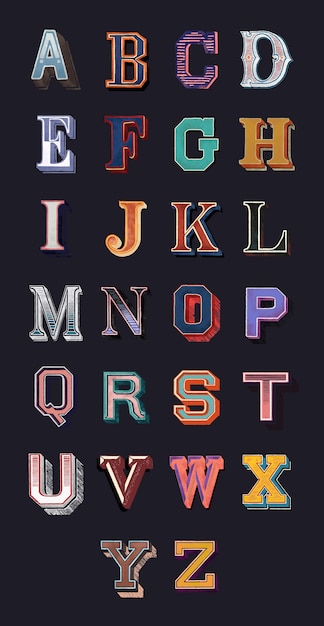In the dynamic world of signage and visual communication, 3D sign technology continues to evolve at a rapid pace, ushering in new possibilities and applications. From advancements in materials and fabrication techniques to innovations in digital signage and projection mapping, the landscape of 3D signs is constantly evolving. In this article, we explore the latest trends and developments in 3D sign technology, as well as their diverse applications across various industries.

Advancements in Materials and Fabrication Techniques
High-Performance Materials
One of the key drivers of innovation in 3D sign technology is the development of high-performance materials. From lightweight plastics and acrylics to durable metals and composites, manufacturers are constantly pushing the boundaries of material science to create signage solutions that are not only visually striking but also long-lasting and weather-resistant.
Digital Fabrication Technologies
The advent of digital fabrication technologies such as CNC machining, laser cutting, and 3D printing has revolutionized the way 3D signs are designed and produced. These advanced manufacturing techniques allow for greater precision, customization, and scalability, enabling designers and fabricators to bring even the most complex and intricate designs to life with ease.
Sustainable Practices
In response to growing environmental concerns, the signage industry is increasingly embracing sustainable practices in materials sourcing and fabrication. From utilizing recycled materials to minimizing waste and energy consumption, manufacturers are prioritizing sustainability in the production of 3D signs, ensuring that they not only meet the aesthetic and functional needs of clients but also align with their values and sustainability goals.
Innovations in Digital Signage and Projection Mapping
Interactive and Dynamic Displays
With the rise of digital signage technologies, 3D signs are becoming more interactive and dynamic than ever before. From LED screens and projection mapping to augmented reality (AR) and virtual reality (VR) experiences, businesses can create immersive and engaging signage solutions that capture the attention of audiences and enhance brand engagement.
Personalized Content and Messaging
Digital signage allows for greater flexibility and customization in content delivery, enabling businesses to tailor messaging and visuals to specific audiences and contexts. Whether it’s displaying real-time information, promoting targeted offers, or creating personalized experiences, digital 3D signs offer unparalleled versatility in communicating brand messages and engaging customers.
Seamless Integration with Architectural Elements
Projection mapping technology enables designers to seamlessly integrate 3D signage with architectural elements, transforming ordinary surfaces into dynamic canvases for storytelling and brand expression. From projecting logos and animations onto building facades to creating interactive installations in retail environments, projection mapping opens up a world of creative possibilities for 3D sign design.
Applications Across Industries
Retail and Hospitality
In the retail and hospitality sectors, 3D signs are used to create immersive brand experiences that drive foot traffic, enhance customer engagement, and increase sales. From eye-catching storefront displays to interactive digital kiosks, 3D signage plays a central role in shaping the overall ambiance and identity of retail and hospitality spaces.
Entertainment and Events
In the entertainment and events industry, 3D signs are utilized to create memorable and immersive experiences for audiences. Whether it’s enhancing stage sets with projection mapping, creating branded photo opportunities at festivals and concerts, or guiding attendees through large-scale events with dynamic wayfinding signage, 3D signs add a touch of magic and excitement to live experiences.
Corporate Branding and Wayfinding
In corporate settings, 3D signs are used to reinforce brand identity, communicate values, and guide visitors through office spaces. From sleek and modern lobby signage to interactive wayfinding kiosks, 3D signs help create a welcoming and professional environment that reflects the culture and ethos of the organization.
Conclusion
The evolution of 3D sign technology has opened up a world of possibilities for creative expression, brand communication, and immersive experiences. From advancements in materials and fabrication techniques to innovations in digital signage and projection mapping, 3D signs continue to push the boundaries of visual communication across various industries. As technology continues to advance and consumer expectations evolve, the future of 3D sign technology promises even greater innovation and impact in shaping the way we experience and interact with the world around us.


